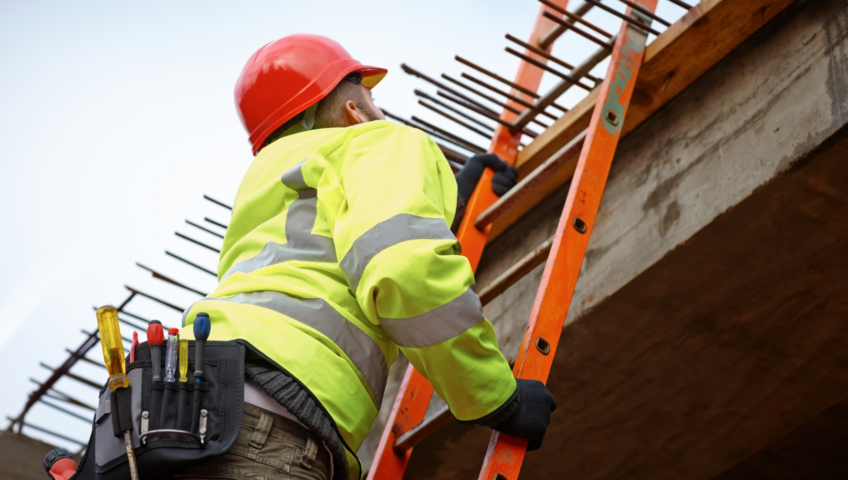In the bustling world of construction, where towering structures rise from the ground and skilled workers navigate complex tasks, ladder safety often takes center stage. It’s a simple tool, yet its misuse can lead to serious accidents and injuries. Today, we will delve into the critical topic of ladder safety in construction and explore best practices to ensure that every ascent and descent is safe.
The Importance of Ladder Safety
Ladders are ubiquitous on construction sites, providing access to various heights, from changing light bulbs to framing walls. Their everyday use may lead to complacency, but it’s vital to remember that improper ladder use can result in accidents, injuries, and even fatalities. Let’s break down some essential aspects of ladder safety:
- Choosing the Right Ladder:
Before even considering ascending a ladder, you must select the appropriate one for the task at hand. Consider factors such as height, weight capacity, and the ladder’s condition. Always opt for a ladder that can comfortably reach the desired height without overextending.
- Inspecting Your Ladder:
A thorough inspection is a non-negotiable step before every use. Check for loose or missing rungs, damaged feet, or other defects that compromise stability. Never use a ladder that’s seen better days.
- Setting Up the Ladder:
Proper placement of the ladder is crucial. Always ensure a stable and level footing for the ladder. Use ladder levelers or a stable surface like plywood to create a level base if the ground is uneven.
- The Three-Point Rule:
Maintain three points of contact with the ladder at all times – two hands and one foot or two feet and one hand. This ensures stability while climbing or descending.
- Don’t Overreach:
One of the most common causes of ladder accidents is overreaching. Always keep your body centered between the ladder’s side rails and avoid leaning too far to the side.
- Don’t Carry Heavy Loads:
Ladders are designed for one person at a time. Never carry heavy tools or materials while climbing. Use a tool belt or hoist equipment to the work area.
- Stepladder Safety:
If you’re using a stepladder, ensure it’s fully opened and locked in position. Never stand on the top rung or platform of a stepladder, as it can lead to instability.
- Ladder Placement:
When working near doors or passageways, secure or barricade them to prevent someone from accidentally opening the door and knocking the ladder over.
- Be Mindful of Weather Conditions:
Wind, rain, or snow can affect ladder stability. Avoid using ladders in adverse weather conditions or take extra precautions if necessary.
- Training and Education:
Provide thorough ladder safety training to all construction site personnel. Regular refresher courses can help reinforce safety practices.
Ladder safety is an essential component of construction site safety. By choosing the right ladder, inspecting it diligently, and adhering to best practices while using it, you can significantly reduce the risk of accidents and injuries. Remember, it’s not just about climbing; it’s about climbing safely. By prioritizing ladder safety, you contribute to a safer construction environment for yourself and your colleagues. Stay safe and keep climbing to new heights – the right way.

